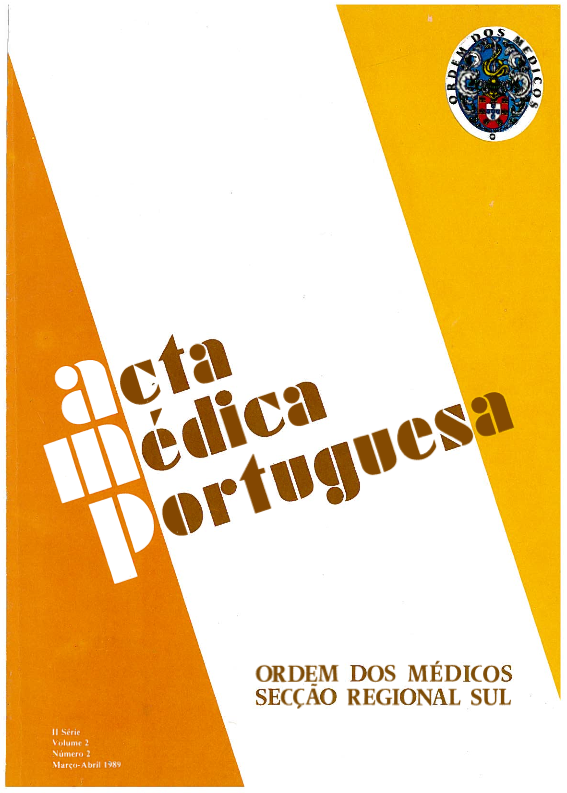A case of Wilson's disease studied using magnetic resonance: a new approach?.
DOI:
https://doi.org/10.20344/amp.3460Abstract
Wilson's disease is a genetically determined disorder of copper metabolism with increased deposition in brain and liver. With current imaging techniques--CT scan and conventional Nuclear Magnetic Resonance (NMR)--it has been possible to demonstrate oedema, neuronal loss and reactive gliosis, but not copper deposition. In the present study we report the observations, done in one patient, using a new high magnetic field (1.5 Tesla) NMR device. In these circumstances, we are able to expand the CT scan analysis by showing not only the oedema and the brain cell death but also the probable existence of copper deposits. Will this be true, it is first instance in which it has been possible to demonstrate, by a non invasive method, increased copper deposition in Wilson's disease. This possibility may be important to monitor the therapeutic efficacy of chelating agents and also to distinguish asymptomatic homozygous patients from heterozygous healthy carriers.Downloads
Downloads
How to Cite
Issue
Section
License
All the articles published in the AMP are open access and comply with the requirements of funding agencies or academic institutions. The AMP is governed by the terms of the Creative Commons ‘Attribution – Non-Commercial Use - (CC-BY-NC)’ license, regarding the use by third parties.
It is the author’s responsibility to obtain approval for the reproduction of figures, tables, etc. from other publications.
Upon acceptance of an article for publication, the authors will be asked to complete the ICMJE “Copyright Liability and Copyright Sharing Statement “(http://www.actamedicaportuguesa.com/info/AMP-NormasPublicacao.pdf) and the “Declaration of Potential Conflicts of Interest” (http:// www.icmje.org/conflicts-of-interest). An e-mail will be sent to the corresponding author to acknowledge receipt of the manuscript.
After publication, the authors are authorised to make their articles available in repositories of their institutions of origin, as long as they always mention where they were published and according to the Creative Commons license.









